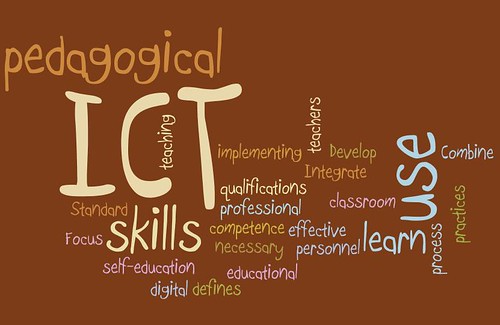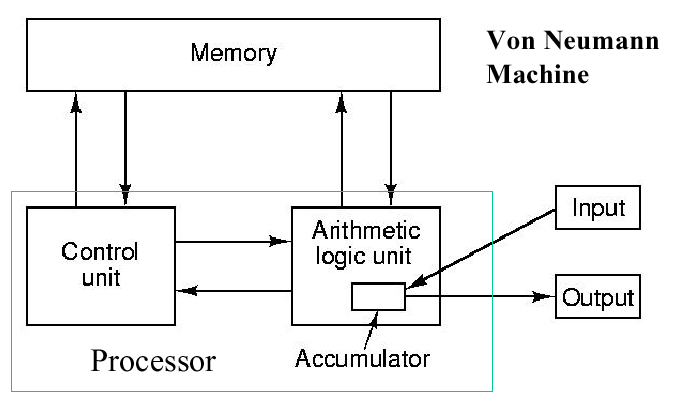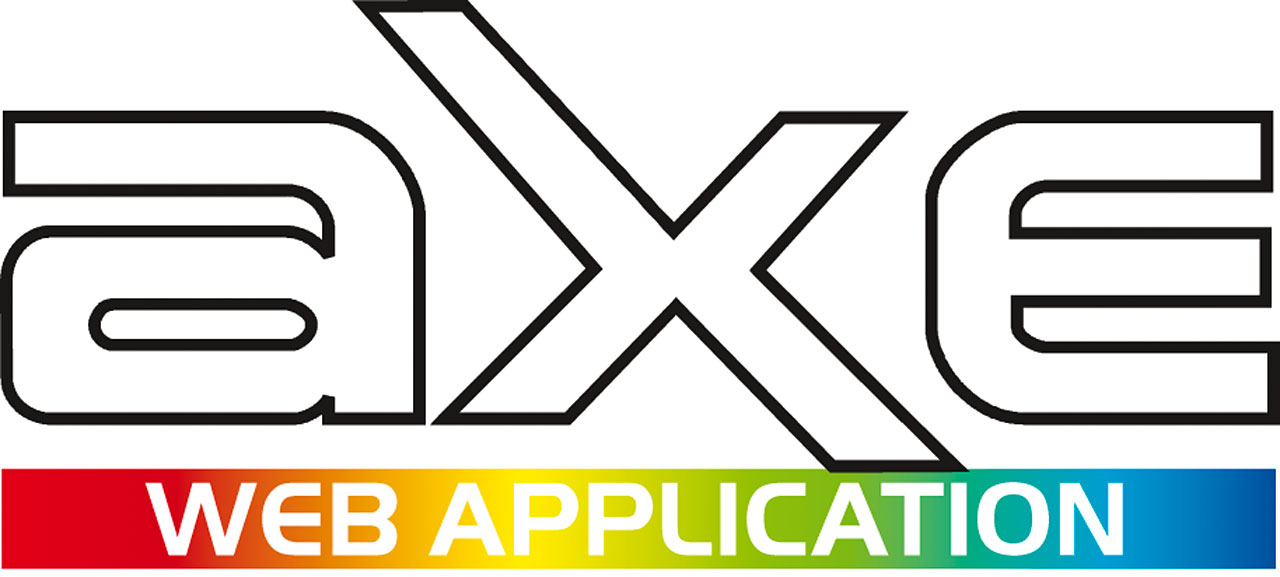
In this 21st century, the internet has helped humans a lot by making work easier and faster. Internet can be used for the following checking information and finding informationr,sending or recieving files, share resources, shop for product, send emails, interact and socialize with people. In 1960, the US Defense Advanced Research Project(DARPA) began to study ways to interconnect network in various kinds.“ARPANET”- Advanced Research Project Agency Network (1969). Below is a diagram which illustrates the services provided by internet.
Actually, there are several services provided by the internet.This internet applications includes Email,World Wide Web(WWW), Protocol,Chat rooms,Instant messages etc.Furthermore, web browsers depend on URL to identify exact web pages thus URL-Uniform Resource Locators is a four part addressing scheme that tells the web browser the domain name, the transfer protocol, the name of the file and lastly the path name of the folder or directory on the computer on which the file resides.In other to access the web ,one needss an internet connection, an interent network service provider and any web browser be it Mozilla,Torch,Google ,Internet Explorer etc.Also, the transfer protocl is the set of rules or software that the computers use to move files from one computer to another on the internet whiles chat room is a channel/location on the internet that allow people to chat with eachother. Eg.Facebook, gmail, whatsapp, waplog, etc.Moreover, VOIP-voice over internet protocol allow users to make phone call and video calls over the internet. eg. are viber calls, line,skype,facebook video calls, Yahoo voice etc.




This was the end of the lesson for Topic 5































